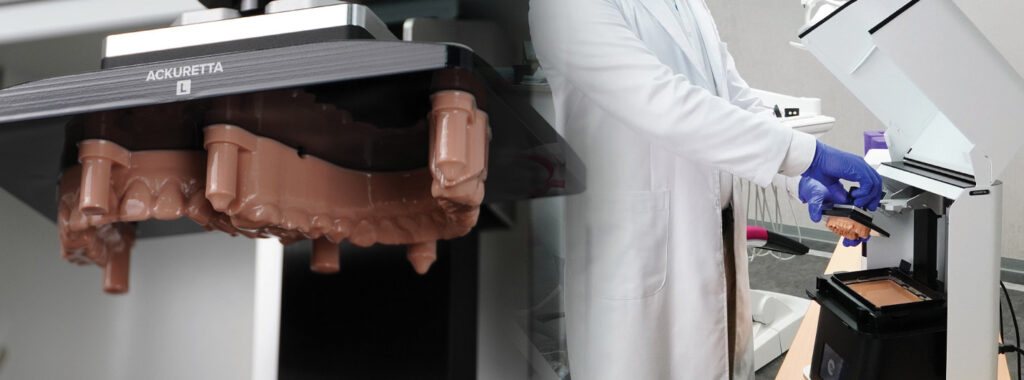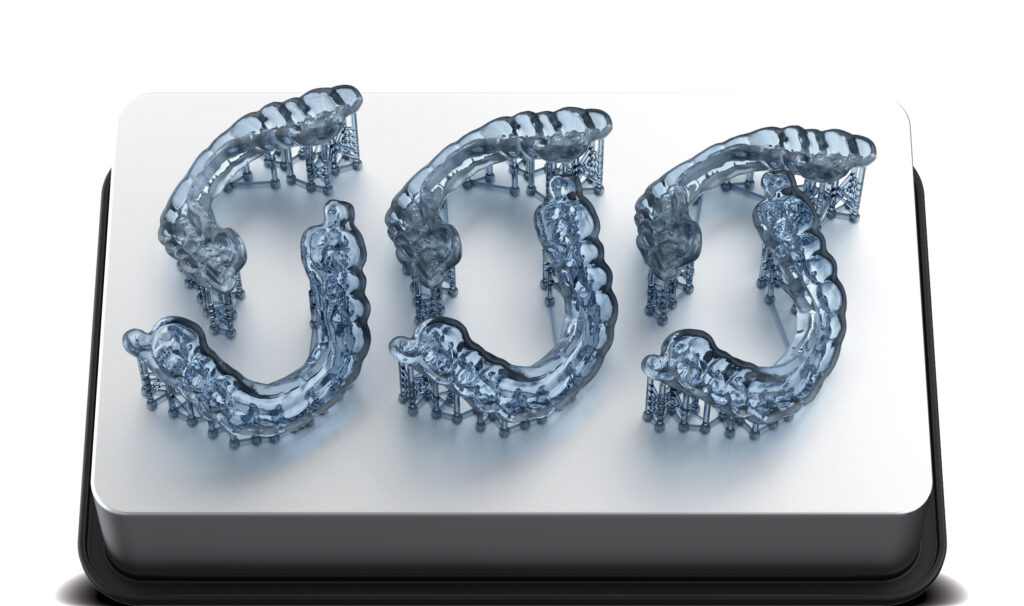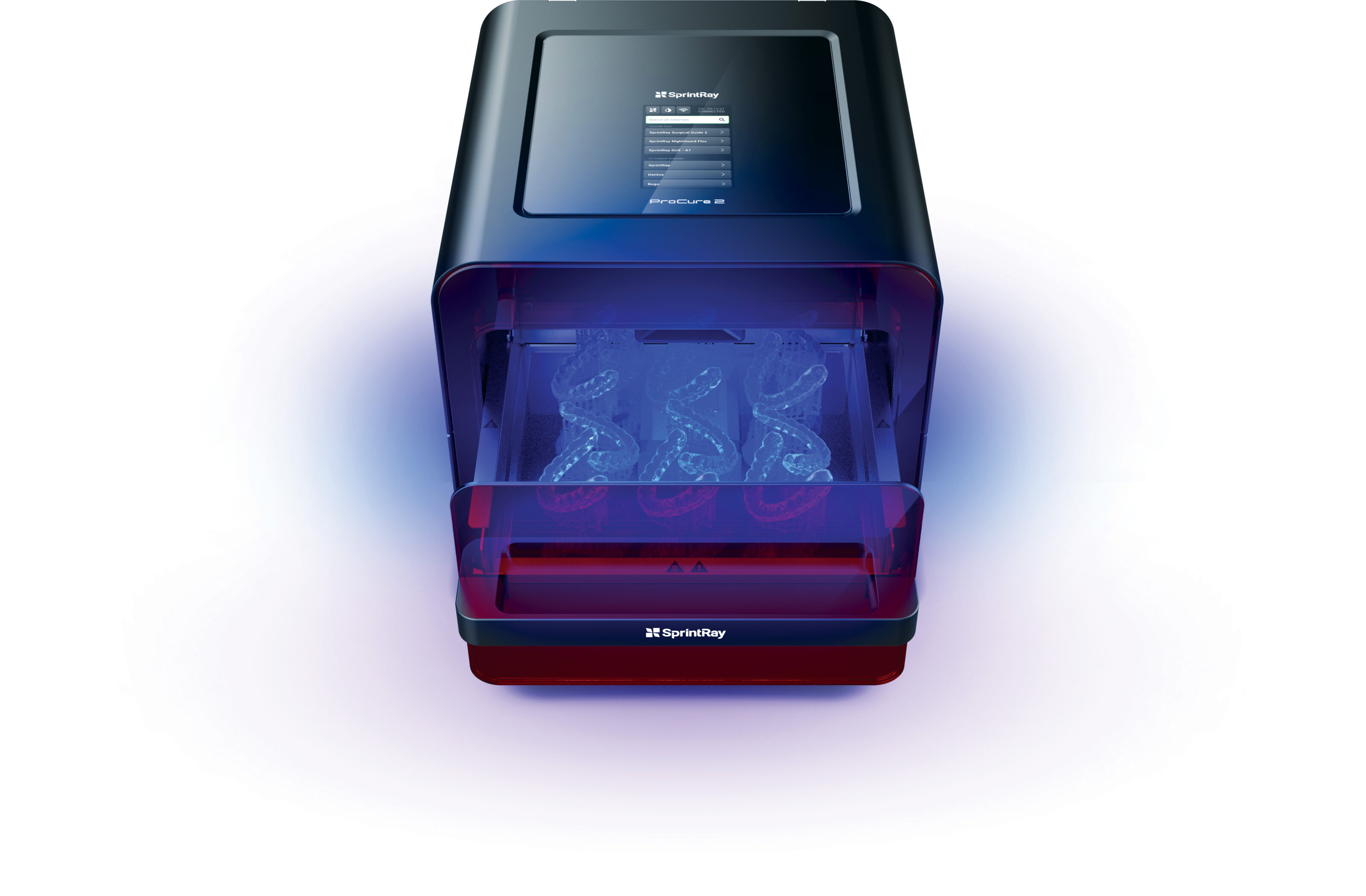Revolutionize Treatment Methods & Improving Patient Outcomes
3D printing technology is profoundly transforming the dental landscape by revolutionizing treatment methods and improving patient outcomes through customized care. With this modern technology, practices can provide more accurate treatment planning, enhanced patient communication, and faster appliance turnaround times.
Here are a few things to consider when getting started utilizing 3D printing technology to deliver higher-quality care.
Make Sure Your Team is Invested
Before purchasing equipment, work with the staff and team to adopt the technology. Assistants and other staff will be primarily responsible for operating and supporting the technology in practice workflows, so their buy-in and engagement are necessary to successfully integrate 3D printing applications into daily routines. Setting clear expectations and training staff adequately in the beginning also helps avoid potential frustrations in the future.

Dental models being removed from the Ackuretta SOL 3D Printer.
Select the Right Equipment
The best way to ensure the technology is integrated into the practice smoothly is to understand your specific needs, space, budget, and goals. How does the doctor want to use this technology in the practice? What are the intended applications? What are the space and setup requirements? What is the budget for both the initial hardware investment and ongoing consumables? Collaborating closely with your Burkhart team will help select the right equipment fit for the needs of the practice.

Nightguards post processing in the SprintRay ProCure2.
Keep it Simple
It’s easy to get overwhelmed with the considerable number of offerings and solutions that 3D printers can provide. Start with the less complex operations that can be performed predictably and reliably. Dental models and nightguards are the most popular items used to start. Both have simple workflows to help offices and staff get used to the change. Joe Erbaugh, Burkhart’s Corporate Technology Specialist, recommends staying with the simple operations for two to three months to be comfortable before bringing in a new application, such as a surgical guide or in-office crowns.

Nightguards post processing in the SprintRay ProCure2
Don’t Wait
While the future of 3D printing holds potential with continued advancements in materials and automation, the impact on current patient care and practice efficiencies should not be overlooked. Enhanced treatment planning, customized appliances, faster turnaround times, and cost savings are all current opportunities provided by 3D printing technology.
By investing now, practices can enhance their offerings in the present and position themselves to take advantage of future developments in this rapidly transforming technology.
Contact your Account Manager or Equipment Specialist today to set up a consultation to discuss the unique needs of your practice and a customized technology solution.
Written by Dawn Kahl
Published in Catalyst – Q4 2023.
Category: Equipment, Technology
Back to Articles